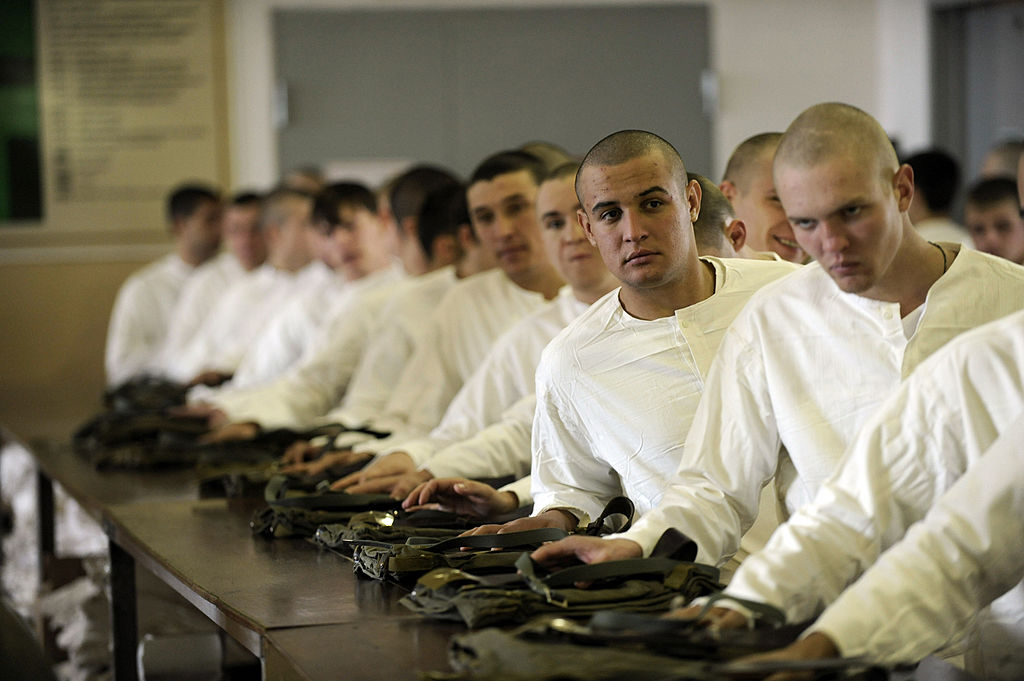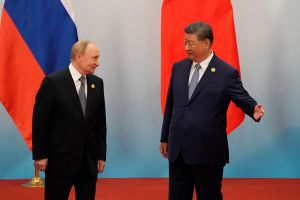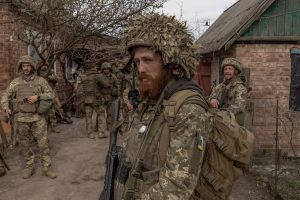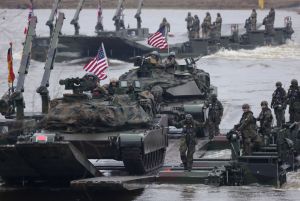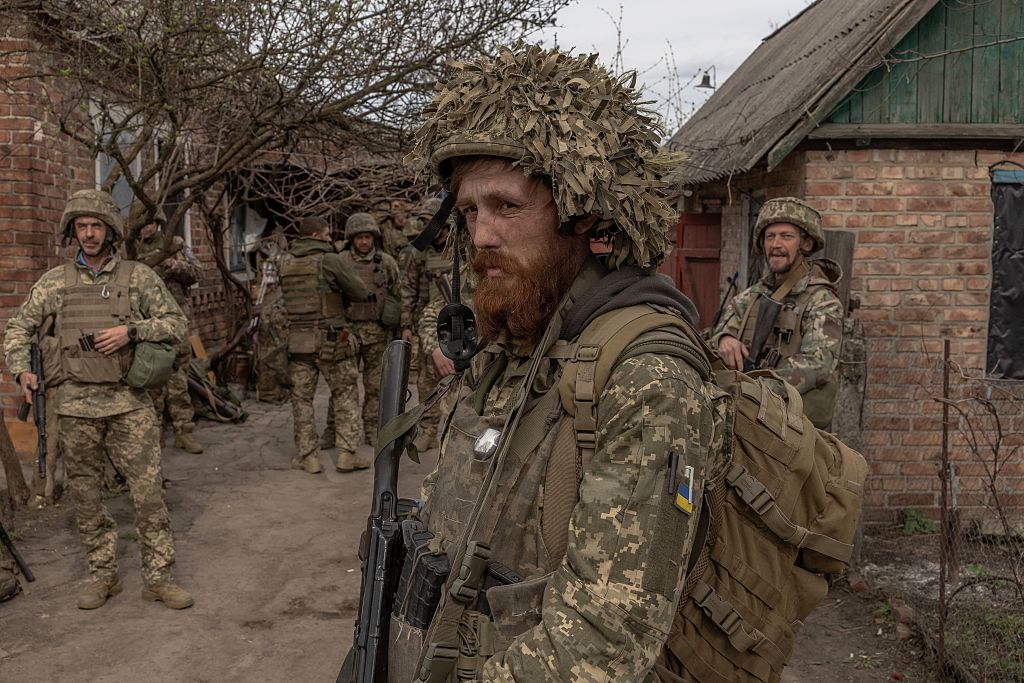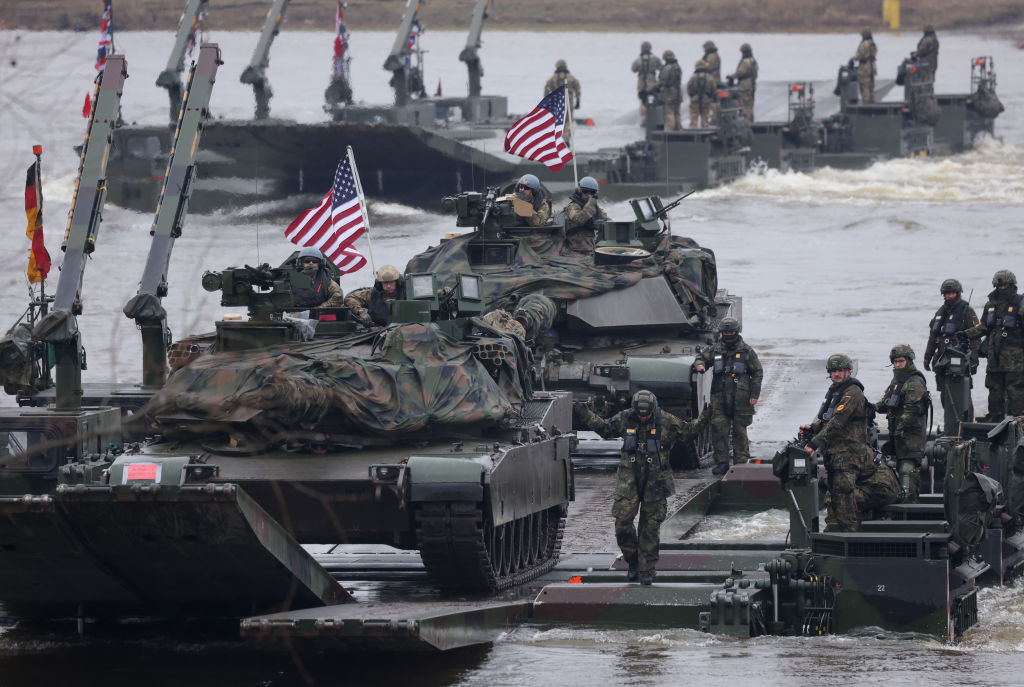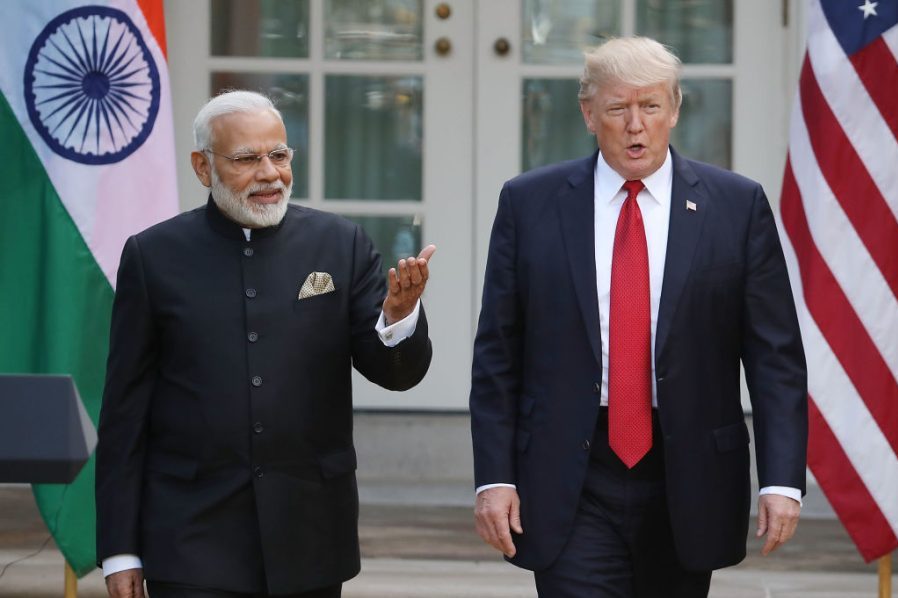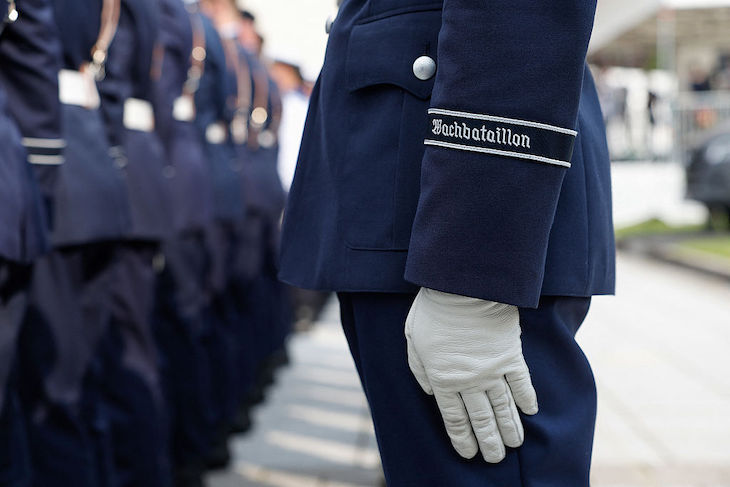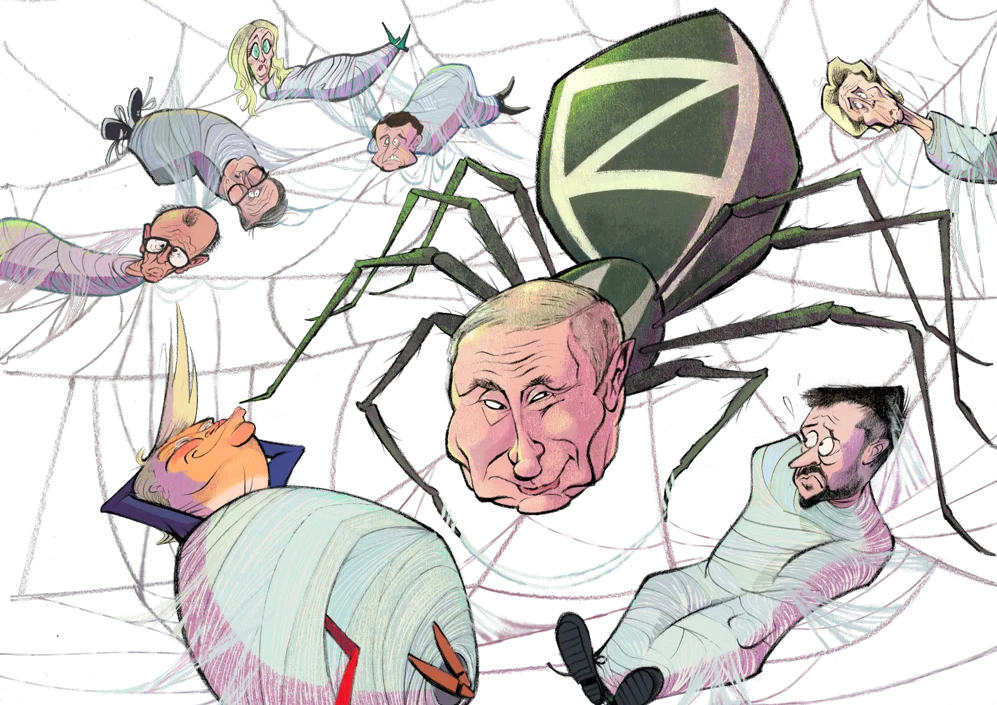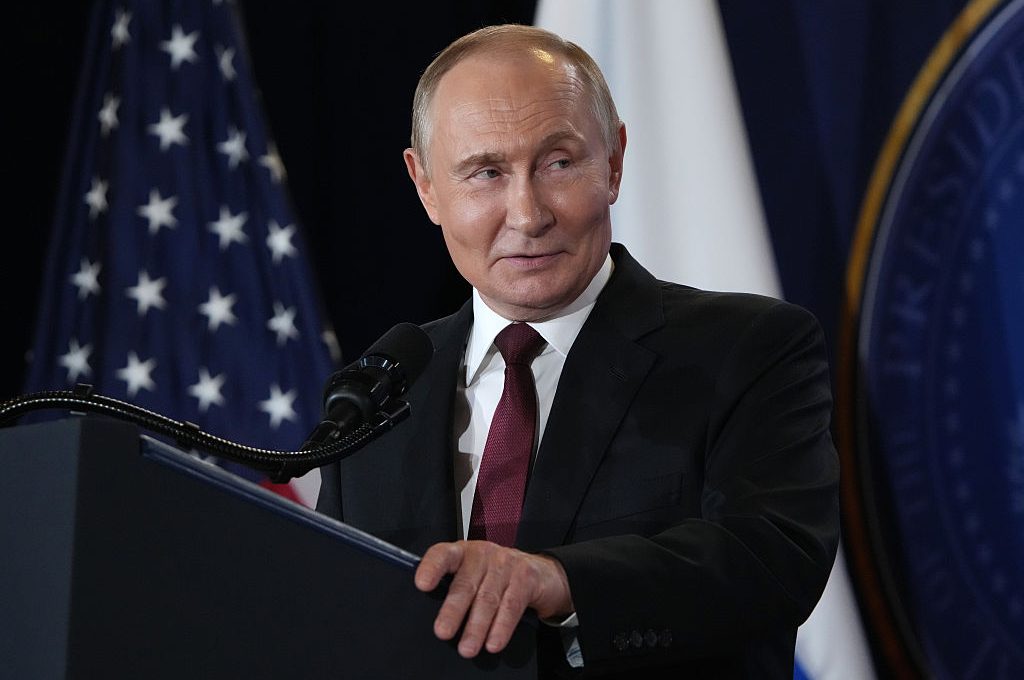Yerevan, Armenia
It was getting dark outside Yerevan Airport when I arrived, but there were still a dozen flights from Russia yet to land. Groups of young men in their twenties and thirties were milling around the terminal building, stacking suitcases onto trolleys, changing money and working out what to do next. Armenia is one of the few countries they can still fly to since much of the western world closed its skies to Russian planes; it is almost alone in not requiring them to have visas.
“I’m just here for a holiday,” one weary traveler carrying four heavy bags insists, “everything is fine in Moscow.” Others are more up front about their reasons for leaving. Last week President Vladimir Putin signed a mobilization order that will see tens of thousands of ordinary citizens drafted into the army and sent to fight his increasingly catastrophic war in Ukraine. “I booked my ticket the moment he finished speaking,” says Yuri, a twenty-eight-year-old working for a biomedical technology firm. “It cost me more than $500, but I can’t afford to wait. I’ve already received a conscription notice.”
Twenty-two-year-old Ruslan paid more than double that for his ticket. “I don’t want to fight in the war,” he says, “I just want to live a normal life.” In February, as Putin gave the green light for the tanks to start rolling, the IT consultant packed up his things and flew to Yerevan fearing economic chaos. However, hearing reports things were carrying on as normal back home, he returned after a month. “This time it is different. Since the mobilization, even those who supported the government are in shock.”
Over the weekend, crowds gathered at airports across Russia as those potentially eligible for military service did everything they could to avoid being called up. Long lines have formed at the border with neighboring Georgia and enterprising refuseniks have been spotted riding electric scooters through the checkpoints to circumvent a ban on pedestrians crossing over. Given the two countries fought a war just fourteen years ago, many there view the new arrivals with distrust and have seen their rents skyrocket because of the influx.
Estonia is one of those that has already closed its borders to Russians trying to escape. “We are having to bear the burden, which is not fair,” the country’s prime minister Kaja Kallas said last week. “We see Russian agents entering the EU on tourist visas, we see Russian tourists attacking Ukrainian refugees.” Finland too has announced it intends to bar those fleeing conscription.
For those countries still on the fence, the decision may soon be made for them. The investigative outlet Meduza reports that Russia could soon move to close its own borders. According to a source in Putin’s administration, once the sham referendums in eastern Ukraine are completed this week, the conflict will be defined as an attack on Russian soil; men of military age will be barred from leaving as early as Wednesday.
That won’t stop young men attempting to avoid conscription. Clips posted online show draftees being given rust-covered AK-47s, damaged by years of improper storage and likely inoperable. Undermined by corruption, low morale and poor training, Moscow’s armed forces seem to be struggling even to equip troops already on the frontlines — let alone the tens of thousands now on their way.
In Primorye, freshly-mobilized Russian conscripts were given old rusty Kalashnikovs.
— Julia Davis (@JuliaDavisNews) September 24, 2022
Worse still, while those being called up already have some basic military training from their time in national service or previously enlistment, they will be ill-prepared for a modern war against well-drilled, battle-hardened Ukrainian defenders using western-made weaponry. Their chances of being brought up to speed are limited; there are reports that training staff have already been deployed to the front lines. Those who have been drafted appear to be drowning their sorrows while they can. Footage posted online shows groups of men, some already in their army fatigues, falling about drunk on their way to their bases. “Why are we going there?” one mobilized youth asks. “Fuck knows,” replies his new brother in arms.
Current status of Russian mobilisation:
Russian conscripts are currently standing in fields, getting drunk, asking questions like: "What are we going for? Where are going?"
The response from a fellow conscript?
"F**k knows!"#StandWithUkrainepic.twitter.com/im29oUA6U2
— Julien Hoez (@JulienHoez) September 23, 2022
For those unable to get out of the country and unwilling to die for Putin, there is one alternative left. While protests have been violently suppressed since the early days of the war, almost unprecedented unrest has broken out following the decision to draft ordinary Russians. In Dagestan, a majority-Muslim republic in the south of the country, demonstrators clashed with the police as crowds shouted chants of “no to war.” In some villages, locals have blocked buses sent to pick up draftees. Far from Moscow, these communities feel they have already shed more than their fair share of blood in the conflict. Nearby Chechnya saw its first protest in fifteen years. Officials have denied plans for any further mobilization in the area, evidently fearing a loss of control. Others have gone even further. Ruslan Zinin, a twenty-five-year-old who was mobilized in Siberia, evidently decided life behind bars was preferable to death on the frontlines — he shot his enlistment officer four times at close range.
For decades, the core part of Putin’s offer was that if Russians stayed out of politics and gave him a free hand over the affairs of the nation, ordinary people would be left alone to enjoy a stable and increasingly prosperous life. By bringing the consequences of his war closer to home, he has broken his side of that bargain. He may well have unleashed forces hardly seen since the days that followed the fall of the Soviet Union. “I don’t like talking about politics,” Vasily, twenty-six, says, getting off a flight in Yerevan. “But I know that what’s happening now is totally messed up.”
This article was originally published on The Spectator’s UK website.



